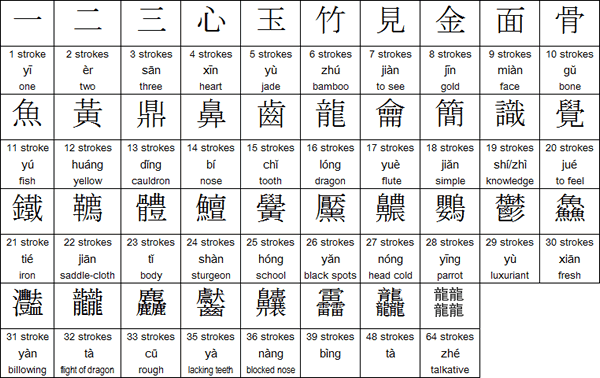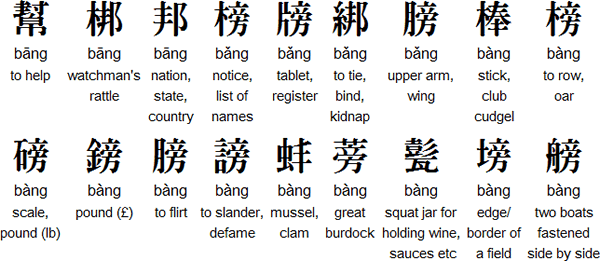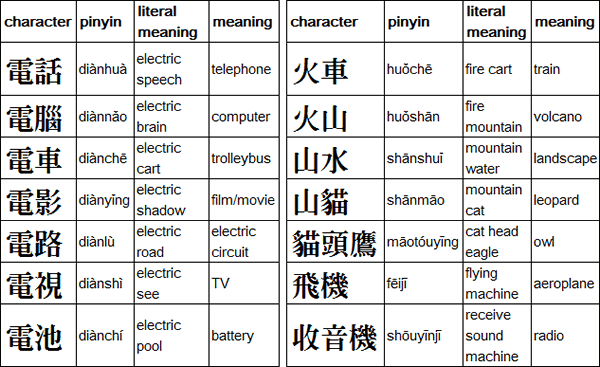China has an amazing form of writting, which has stood the test of time. It involves using symbols to represent words. Its a beautifully written language, but unlike most languages it doesnt have an alphabet. Chinese script is broken down below:

The Chinese writing system 
Chinese is written with characters which are known as 漢字 [汉字] (hànzi). The characters were originally pictures of people, animals or other things, but over the centuries they have become increasingly stylised and no longer resemble the things they represent. Many characters have been combined with others to create new ones.
Until the early 20th century, Classical Chinese, 文言 (wényán), was the main form of writing in China. It was standardised during the late Han Dynasty (25-220 AD) and was also used in Korea, Japan and Vietnam before they developed their own writing systems.
In Classical Chinese most words were monosyllabic and written with a single character. However, during the 1920s a new form of written Chinese modelled on spoken Mandarinwas developed. Most Chinese publications since then have been written in this form, which is known as 白話 [白话 ] (báihuà), though Classical Chinese constructions and especially proverbs are still used to some extent.
In spoken Chinese, words are made up of one, two or more syllables. Each of the syllables is written with a separate character. Each character has its own meaning, though many are used only in combination with other characters.
Every character is given exactly the same amount of space, no matter how complex it is. There are no spaces between characters and the characters which make up multi-syllable words are not grouped together, so when reading Chinese, you not only have to work out what the characters mean and how to pronounce them, but also which characters belong together.
A character may consist of between 1 and 64 stokes. The strokes are always written in the same direction and there is a set order to write the strokes of each character. In dictionaries, characters are ordered partly by the number of stokes they contain.

Homophones
There are approximately 1,700 possible syllables in Mandarin, which compares with over 8,000 in English. As a result, there are many homophones - syllables which sound the same but mean different things. These are distinguished in written Chinese by using different characters for each one.
Not all the following characters are pronounced with the same tone, so to Chinese ears they sound different. To Western ears however they all sound the same. These syllables can be distinguished in speech from the context and because most of them usually appear in combination with other syllables.

If you look closely, you will notice that some of the characters above have parts in common. These parts give you a clue to how to pronounce the characters.
Compound words
Chinese verbs and adjectives generally consist of one character (syllable) but nouns often consist of two, three or more characters (syllables):

No comments:
Post a Comment